The world is a vast tapestry of cultures, landscapes, and histories, each corner offering its own unique experiences. From the architectural marvels that have stood the test of time to natural wonders that leave onlookers in awe, traveling allows us to connect with the essence of civilizations past and present. This blog post embarks on a journey through some of the most famous places to visit around the globe. Whether you’re an avid traveler seeking your next adventure or a curious soul dreaming of distant lands, these destinations promise unforgettable experiences that resonate with the heart of exploration.
Europe
Let’s begin our journey in Europe, a continent rich with history, art, and architecture. Europe’s landmarks are a testament to its diverse cultural heritage and innovative spirit.
Eiffel Tower, Paris, France
The Eiffel Tower, an iconic symbol of love and elegance, stands tall in the heart of Paris. Constructed in 1889 for the World’s Fair, it was initially criticized by some of Paris’s leading artists and intellectuals but has since become one of the most recognizable structures in the world. The tower’s three levels offer breathtaking views of the City of Lights, with the top level reaching a height of 276 meters. Visitors can dine in its restaurants, enjoy a glass of champagne at the summit, or simply marvel at the panoramic views of Parisian landmarks like the Seine River, Notre Dame, and the Louvre.
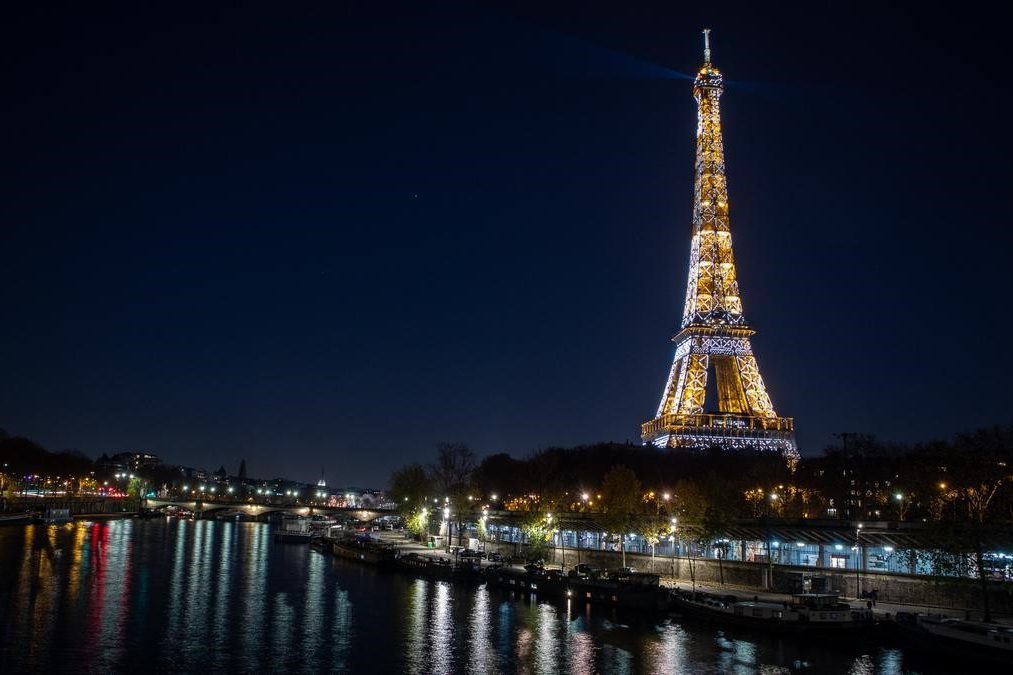
Colosseum, Rome, Italy
The Colosseum, an enduring symbol of the ingenuity and might of the Roman Empire, remains one of Italy’s most visited landmarks. Built over 2,000 years ago, it hosted gladiatorial contests, battles, and public spectacles. Today, visitors can explore its vast arena, underground passages, and tiered seating, immersing themselves in the rich history of ancient Rome. The Colosseum not only showcases the architectural prowess of the Romans but also serves as a poignant reminder of the empire’s complex history, from its rise to its eventual decline.
Rome’s Colosseum, a symbol of the architectural genius of the Ancient Romans, stands as a monumental relic of gladiatorial contests and public spectacles. Its enduring structure highlights the Roman Empire’s imperial strength and innovative engineering, captivating visitors with its historical and architectural grandeur.
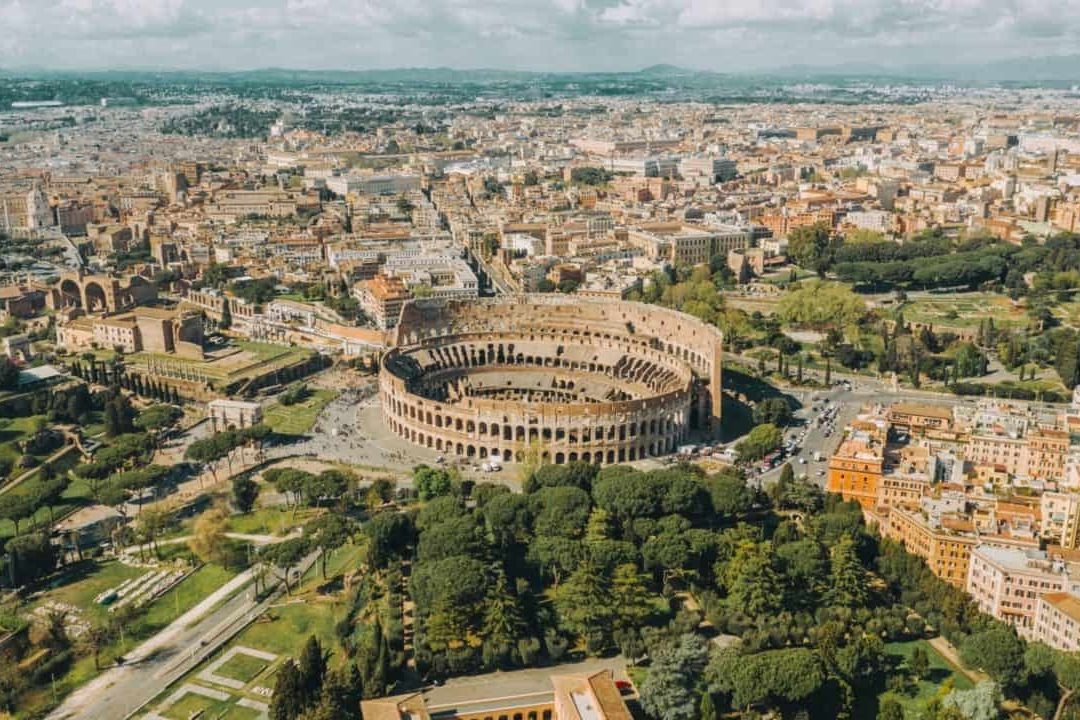
Sagrada Familia, Barcelona, Spain
The Basilica de la Sagrada Familia, a masterpiece of Modernist architecture by Antoni Gaudí, continues to captivate visitors with its unparalleled designs and religious symbolism. Although construction began in 1882, the basilica remains incomplete, embodying Gaudí’s vision of a structure that evolves with time. Its facades and interior are adorned with intricate sculptures and stained glass that narrate biblical stories, while its towering spires reach towards the heavens. The Sagrada Familia is not just a church; it’s a testament to the enduring influence of faith and art on human creativity.
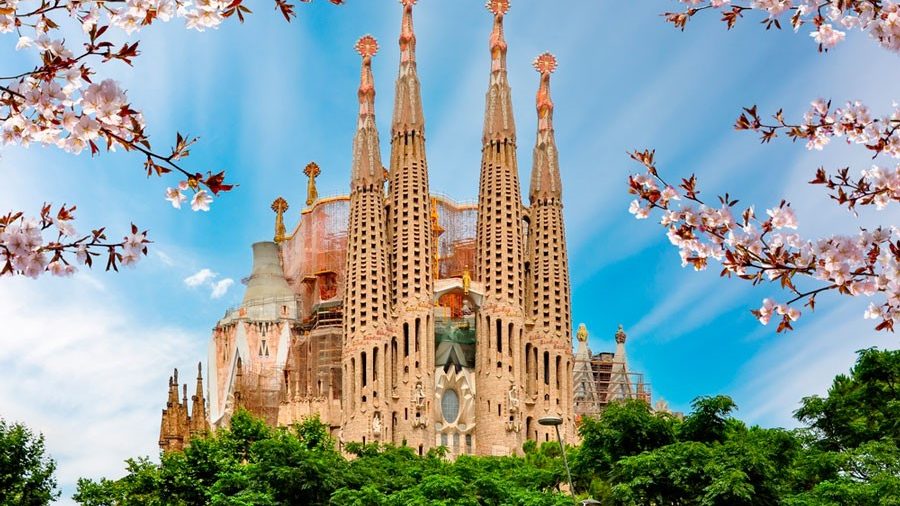
Asia
Asia, with its vast and diverse landscapes, cultures, and histories, offers some of the most stunning and spiritually significant sites in the world. From ancient wonders to natural beauties, Asia’s top destinations provide a glimpse into the continent’s rich past and vibrant present.
Great Wall of China, China
The Great Wall of China, a monumental feat of engineering, stretches over 21,000 kilometers, weaving through China’s northern landscapes. Built initially by Emperor Qin Shi Huang in the 3rd century BC to protect against invasions, the wall was expanded and fortified over centuries. Today, it stands as a symbol of Chinese strength and perseverance. The wall’s rugged path over mountains and valleys offers breathtaking views and a tangible connection to the country’s historical narrative. Visiting the Great Wall is not just a journey through scenic landscapes but a step into the pages of Chinese history.
The Great Wall of China, an awe-inspiring feat of ancient engineering, snakes across mountains and valleys, a testament to China’s historical determination to protect itself from invasions. This UNESCO World Heritage Site not only showcases the architectural and historical prowess of ancient Chinese civilizations but also offers a tangible connection to the past for millions of visitors each year.
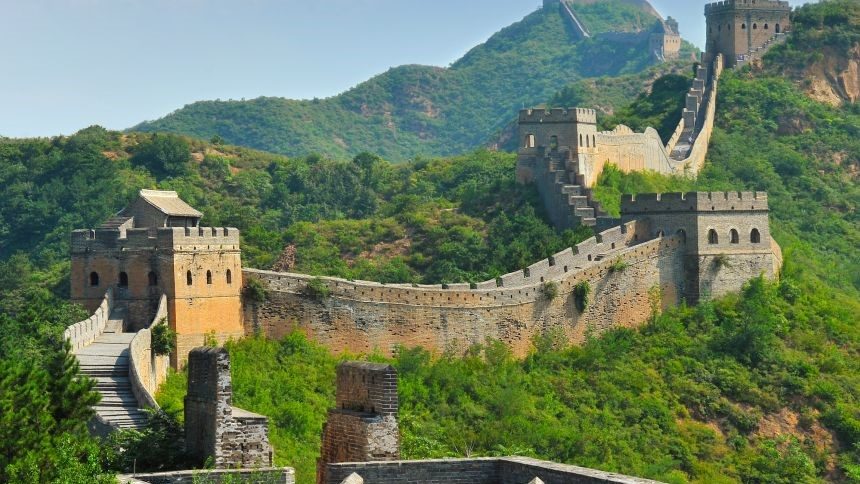
Taj Mahal, Agra, India
The Taj Mahal, often described as a poem in marble, stands on the banks of the Yamuna River in Agra, India. Built by Emperor Shah Jahan in memory of his wife Mumtaz Mahal, this ivory-white marble mausoleum is a testament to undying love and Mughal architectural genius. The complex, completed in 1653, includes a mosque, a guest house, and is set within beautifully landscaped gardens. The Taj Mahal’s stunning symmetry, intricate carvings, and precious stone inlays invite visitors to appreciate the craftsmanship and emotional depth of this UNESCO World Heritage Site.
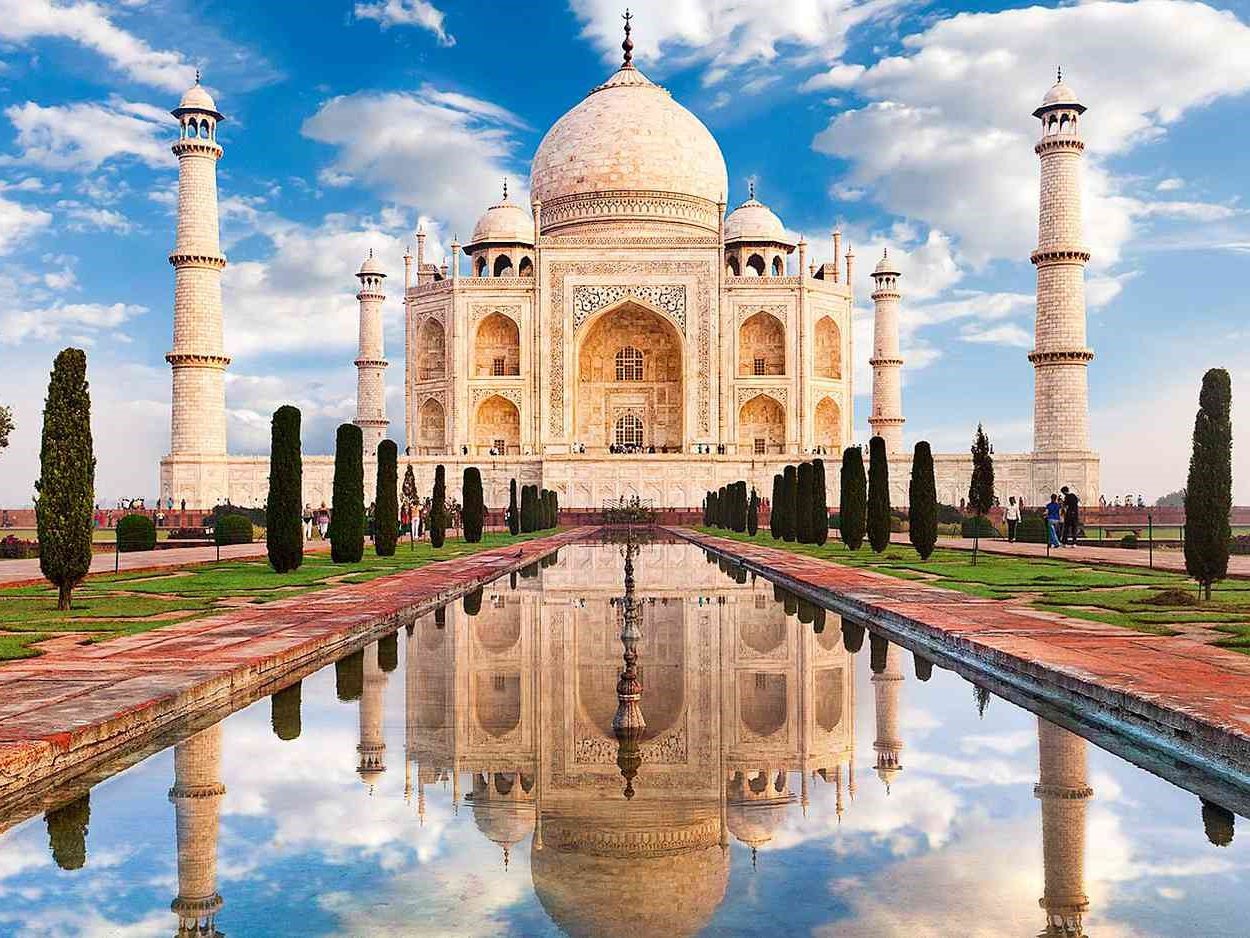
Kyoto, Japan
Kyoto, the heart of traditional Japan, offers a serene contrast to the country’s modern cities. As the former imperial capital, it is home to over 2,000 temples and shrines, including the golden Kinkaku-ji and the tranquil Ryoan-ji’s rock garden. Kyoto’s historical ambiance is complemented by the natural beauty of its surroundings, especially during cherry blossom season when the city is enveloped in shades of pink and white. Exploring Kyoto is a journey through Japan’s cultural legacy, from its well-preserved districts and tea ceremonies to the annual Geisha dances.
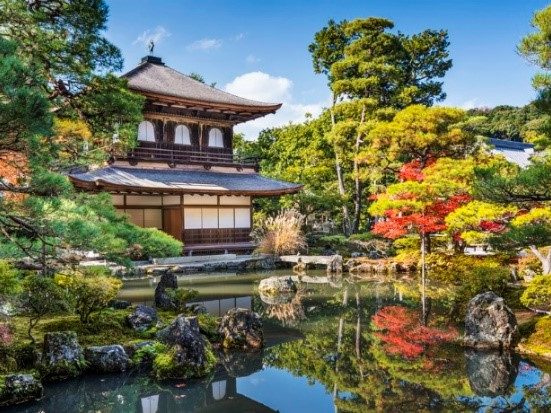
The Majestic Faisal Mosque, Islamabad
Nestled against the backdrop of the lush Margalla Hills, the Faisal Mosque stands as an emblem of Pakistan’s capital, Islamabad. Not just an ordinary mosque, it represents a fusion of contemporary design and Islamic architecture, making it one of the most iconic landmarks in Pakistan. Designed by the Turkish architect Vedat Dalokay, the mosque was completed in 1986 and was named after the late King Faisal bin Abdul-Aziz of Saudi Arabia, who financed its construction.
Unlike traditional mosque designs, the Faisal Mosque eschews the typical dome structure and instead features a sleek, modern design inspired by a Bedouin tent. This unique design not only distinguishes it but also makes it one of the largest mosques in the world, with a capacity to accommodate over 100,000 worshippers. The mosque’s four minarets are among the tallest in the world, reaching heights of 90 meters, symbolizing the mosque’s monumental presence.
The interior of the mosque is equally breathtaking. It houses an exceptionally large prayer hall adorned with exquisite mosaics and calligraphy by renowned Pakistani artist Sadequain. The mosque also includes a library, lecture hall, museum, and cafe, making it a center for Islamic culture and learning.
The Faisal Mosque is not only a place of worship but also a symbol of the Islamic world’s unity and strength. Its innovative design reflects Pakistan’s aspirations towards modernity while deeply rooted in Islamic tradition. For travelers and locals alike, a visit to the Faisal Mosque offers a serene and inspirational experience, showcasing the beauty of Islamic art and architecture.
The Timeless Ruins of Mohenjo-Daro, Sindh
Mohenjo-Daro, located in the province of Sindh, Pakistan, is one of the most important archaeological sites in the world. Founded around 2500 BCE, it was one of the biggest communities of the former Indus Valley Civilization. The site was discovered in the 1920s, and since then, it has fascinated archaeologists and history enthusiasts worldwide with its advanced urban planning and sophisticated civil engineering.
The ruins of Mohenjo-Daro reveal a well-organized city with a grid layout, divided into a citadel area where public buildings and bathhouses were located, and a lower city with residential areas. One of the most remarkable features of the city is the Great Bath, considered to be an ancient public water tank, showcasing the early civilization’s emphasis on cleanliness and ritual bathing.
Another significant aspect of Mohenjo-Daro is its advanced drainage system, which highlights the urban planners’ understanding of hygiene and public health. The streets were laid out with precision, and homes, built of baked bricks, were equipped with indoor plumbing, a rarity in the ancient world.
Despite its eventual abandonment around 1900 BCE, the reasons for which remain a mystery, Mohenjo-Daro stands as a testament to the ingenuity of its inhabitants. It offers invaluable insights into the daily lives, social structures, and technological advancements of the Indus Valley Civilization.
Today, Mohenjo-Daro is a UNESCO World Heritage site, attracting scholars and tourists alike. Although erosion and salinity threaten its preservation, efforts are underway to protect and conserve this ancient marvel. A visit to Mohenjo-Daro is a journey back in time, offering a glimpse into a civilization that was among the world’s earliest and most developed.








